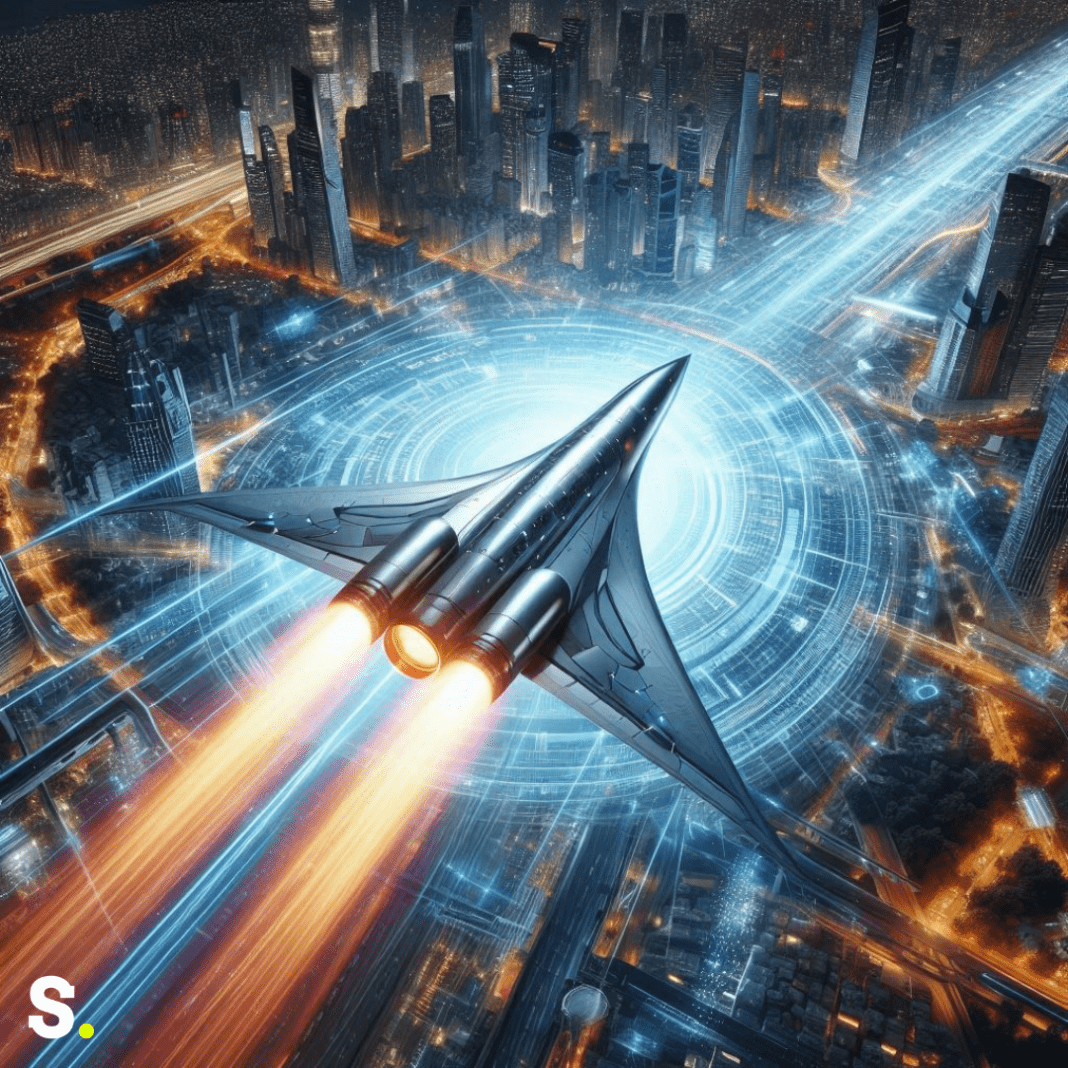The X-59 Supersonic Breakthrough
The city of Oshkosh, Wisconsin, is brimming with excitement as it hosts the annual EAA AirVenture fly-in convention, a major event for aviation enthusiasts from around the globe. This year, NASA is drawing significant attention with its impressive showcase of the X-59 supersonic test plane, a marvel of modern aviation technology.
The X-59 is not just another aircraft; it represents a significant leap in supersonic flight technology. Designed to fly faster than the speed of sound, this experimental plane is intended to address one of the biggest challenges of supersonic travel: the noise. Supersonic flights, which produce a loud “sonic boom” as they break the sound barrier, have been prohibited over land in the United States since 1973 due to their disruptive nature. The X-59 aims to change this by significantly reducing the intensity of these sonic booms to a mere “thump” that will be far less disturbing to people on the ground.
NASA’s goal with the X-59 is to demonstrate that supersonic flight can be quieter and more acceptable to the public. The aircraft will undergo a series of test flights over various communities to measure the actual noise levels and assess how the quieter sonic boom affects residents. These tests are crucial in determining whether the X-59’s design can meet its noise reduction targets and potentially lead to new regulations allowing supersonic flight over land.
Currently, experiencing a sonic boom is quite rare. Most people might encounter one only during specific events, such as the landing of SpaceX Falcon 9 rockets or the Air Force’s X-37B spaceplane. There was also a memorable instance at AirVenture 2021 when an F-16 jet pilot accidentally created a sonic boom by flying at high speed over the crowd. These rare occurrences highlight how disruptive sonic booms can be, underscoring the importance of NASA’s efforts with the X-59 to mitigate this issue.
NASA’s Exciting Line-Up at AirVenture
NASA’s presence at AirVenture extends far beyond the X-59. The agency has organized a comprehensive schedule of events and forums focused on both aviation and space exploration. One of the major highlights is the Artemis program, which aims to return astronauts to the Moon and eventually send humans to Mars. At AirVenture, NASA will host several sessions dedicated to discussing the upcoming Artemis II mission.
The Artemis II mission is a critical component of NASA’s lunar exploration efforts. It will involve sending astronauts on a mission around the Moon, marking an important step in preparing for future lunar landings. NASA will have a model of the Space Launch System (SLS) rocket on display, which is designed to carry astronauts and cargo to the Moon. This model provides visitors with a detailed look at the powerful rocket that will be instrumental in the Artemis missions.
In addition to the Artemis II mission, NASA’s tent at AirVenture will feature various other exciting displays and activities. Visitors will have the opportunity to see models of different NASA spacecraft and learn about the technologies and engineering behind them. These displays are designed to spark interest in science, technology, engineering, and math (STEM) fields. By showcasing their projects and engaging with the public, NASA hopes to inspire the next generation of scientists and engineers who will continue pushing the boundaries of space exploration.
Engaging the Public: NASA’s Outreach Efforts
Public engagement is a fundamental aspect of NASA’s mission. The agency understands that building support for their programs requires connecting with people and sharing their work. At AirVenture, NASA provides numerous opportunities for visitors to interact with their employees, learn about their projects, and gain a deeper understanding of space exploration.
NASA’s outreach efforts are aimed at creating a sense of excitement and involvement among the public. By demonstrating the tangible benefits and achievements of their space programs, NASA hopes to encourage more people to support and advocate for space exploration. This engagement also helps to build a base of public support that can influence future funding and mission decisions.
Through events like AirVenture, NASA not only showcases their technological advancements but also emphasizes the importance of public interest and involvement. The hope is that by making their work accessible and engaging, NASA can foster a greater appreciation for space exploration and inspire individuals to take an active role in supporting these endeavors.
This week at AirVenture promises to be a thrilling experience for anyone interested in aviation and space. With NASA’s innovative X-59 supersonic aircraft and the inspiring Artemis missions on display, there will be plenty of exciting updates and discussions to follow. Whether you’re a long-time aviation enthusiast or new to the world of space exploration, AirVenture 2024 is an event you won’t want to miss!




